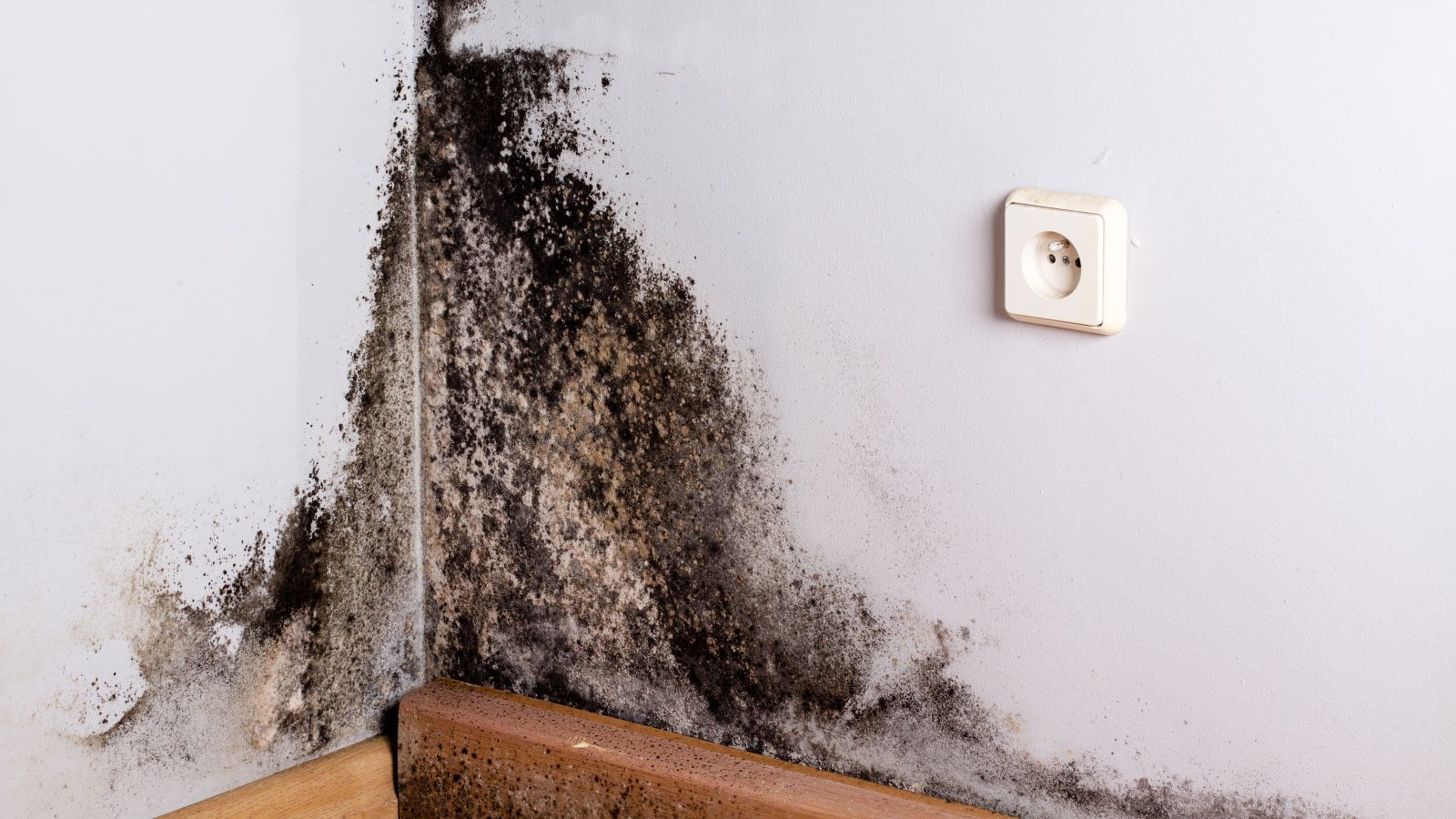Fight Mold With UV Light Treatment!

Mold stinks! Unfortunately, many homes remain at risk of mold exposure, along with the related dangers. However, homeowners must remember simple solutions, such as UV light treatment, help remove mold from homes.
In addition to UV light, many cleaning solutions help remove mold as well. For example, the CDC offers some simple cleaning solutions that help remove mold from hard surfaces with commercial products or soap and water. Plus, the CDC recommends using a simple bleach solution consisting of no more than 1 cup of household laundry bleach in 1 gallon of water.
However, if you use bleach:
- Never mix bleach with ammonia or other household cleaners. Mixing bleach with ammonia or other cleaning products produces dangerous, toxic fumes.
- Open windows and doors to provide fresh air.
- Wear non-porous gloves and protective eyewear.
Unfortunately, simple cleaning solutions do not eliminate all mold spores. But, leveraging UV lights help eliminate the remaining mold spores.
What Is UV Light Treatment?
UV light treatment leverages UV-C lamps, which utilizes the c-bandwidth, by shining the light directly on the mold.
Although UV light treatment provides an effective solution, it does require some safety measures. For example, do not look directly at UV light sources without proper UV protective goggles.
"UV glasses are designed specifically for ultraviolet light, and regular sunglasses are not substitutes for UV glasses. Unplug ultraviolet light lamps before you work on them, and wear gloves when handling ultraviolet light fixtures. As with any lamp, ultraviolet lights will become very hot, therefore they should be allowed to cool before being serviced."
How does UV light treatment work?
UV light helps breaks up the underlying DNA contained in mold and related bacteria. As a result, the mold becomes sterile and eventually dies. In fact, UV lights have been shown to kill 99.9% of mold. However, UV light requires time to work.
"UV light destroys mold. However, one must have two things — UV light intensity (which decreases rapidly with distance from the bulb) and "dwell time" which is the time that the mold spore is actually exposed to the UV light. The amount of exposure time required to destroy the mold varies greatly for the different types of mold. Some molds are destroyed after a few seconds — others require 8,000 seconds or more."
UV Hero details the process.
- Identify the surfaces infested with the fungus and/or mold.
- Place the UV light source two inches from the mold.
- Turn off other light sources and close the windows and doors.
- Shine light directly on mold for about one to two hour.
- Repeat the procedure on other surfaces until all the fungi and/or molds are eliminated.
Where Does UV Light Treatment Work Best?
In addition to common spots containing mold, such as the bathroom tub, other places in your home remain prone to mold.
For example, HVAC systems remain prone to holding moisture, particularly inside the air handler. As a result, mold growth within your HVAC system provides some dangerous side effects. After all, any mold spores that enter your ductwork eventually enters your air stream. Therefore, UV light treatment helps reduce mold risk in your home HVAC unit.
Technicians from Engineered Air shares how UV lights help control mold.
"HVAC UV lights are very effective at controlling mold inside the air handler. All mold in line-of-sight of the UV bulb will be killed, keeping the coil mold-free. [Additionally,] upon installation, several clients with respiratory problems are even able to tell if the UV bulb has burned-out due to reduced air quality."
Additionally, some scientific studies confirmed the effectiveness of UV light treatment. For example, Duke University Medical Center used ultraviolet radiation to nearly eliminate drug-resistant bacteria in 50 hospital rooms, reducing the number of bacteria by more than 97%. Plus, in the commercial space, this study showed after 4 months of operation, "the fungal levels following UV operation were significantly lower than the levels in control AHUs (air handler units)."
Does UV light treatment offer any benefits?
Yes, in addition to treating mold, UV lights provide a few other benefits, such as:
- Reducing colds and flus because germs do not re-circulate within the HVAC system.
- Reducing clogs in the condensate drain lines by preventing algae growth.
- Removing VOCs.
- Reducing smells and/or odors within your home.
- Maintaining a cleaner coil.
- Improving cooling efficiency and reducing electricity costs.
Additionally, UV lights within your HVAC system helps provide an effective means for improving indoor air quality.
Worried about mold within your home and looking for help?
Take advantage of our UV Light special!
For any additional questions, call Snappy Electric, Plumbing, Heating, & Air today. We offer reliable home service solutions to many local areas.

